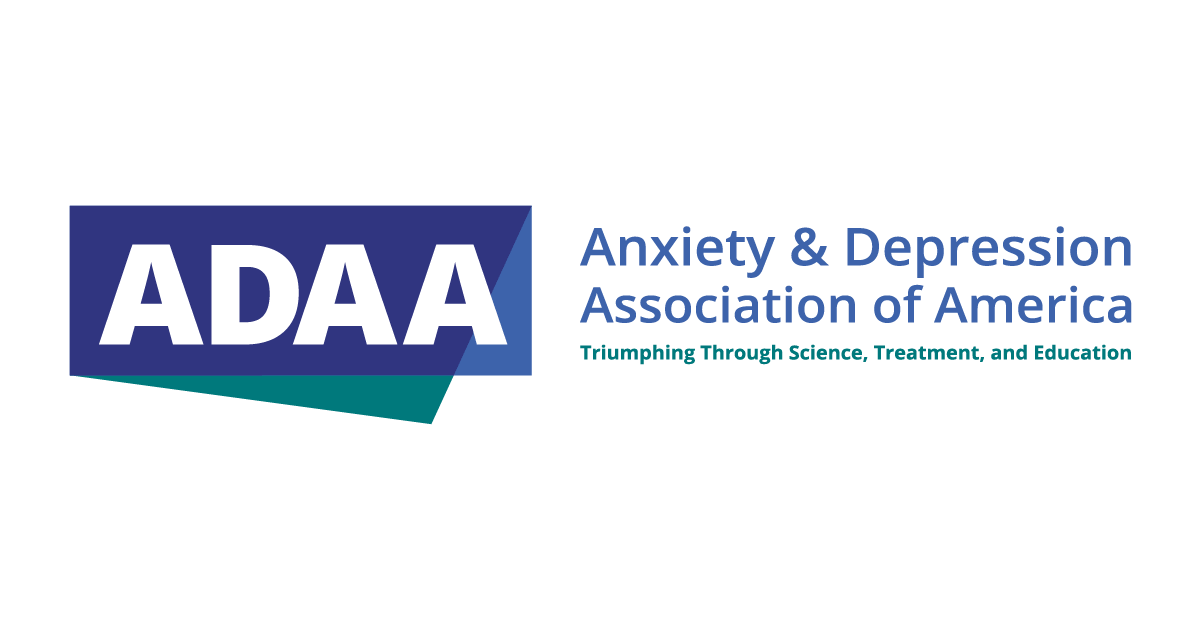PTSD Symptoms in Children Age Six and Younger
Posttraumatic stress disorder, or PTSD, is diagnosed after a person experiences symptoms for at least one month following a traumatic event. The disorder is characterized by three main types of symptoms:

Posttraumatic stress disorder, or PTSD, is diagnosed after a person experiences symptoms for at least one month following a traumatic event. The disorder is characterized by three main types of symptoms:
This group is open to military veterans returning from war, and is designed to welcome service members home and help them heal with pastoral care, mentoring, and coaching.
Ten years after the 9/11 terrorist attacks many people continue to struggle with symptoms of anxiety, stress and even posttraumatic stress disorder, or PTSD.
Support from family and friends is important to the recovery process, but it’s not the cure. Getting better takes hard work, mostly from the person with the disorder, and patience from everyone involved. With appropriate treatment from a mental health professional, a person can learn to manage or overcome PTSD.
Funding for this video provided by a grant from the American College of Neuropsychopharmacology (ACNP)
Effective treatments for PTSD include exposure therapy, including virtual reality treatment, and cognitive-behavioral therapy (CBT), as well as medications. Seeking help is not a sign of weakness. Funding for this video provided by a grant from the American College of Neuropsychopharmacology (ACNP)
Men exposed to high levels of combat are likely to experience acute stress and symptoms of PTSD. Women in the military are at high risk for exposure to traumatic events, especially during war. They are also at risk of exposure to sexual harassment, sexual assault, and rape. Also, children with parents deployed in Iraq or Afghanistan show elevations in anxiety and depression.
Funding for this video provided by a grant from the American College of Neuropsychopharmacology (ACNP)
Since the terrorist attacks of 9/11, most adults have accepted that we live in a new era of trying times. Tornadoes, hurricanes, and other natural disasters, as well as explosions, and other traumatic events threaten our sense of safety and security, and they occur around the world on any given day. Adults often struggle with the effects of trauma, even though they understand them. But children react differently based on their personality, age, and circumstances.
Anticipating the arrival of a hurricane, tornado, blizzard, or any severe storm strikes fear and anxiety in the people in its path for good reason. Natural disasters disrupt lives in significant ways, including creating physical and mental health problems and major economic challenges. And the never-ending news about a storm’s arrival may increase your anxiety, stress, and fear.
Discover when you should become concerned that you might have an anxiety disorder.
If you are in crisis please dial 988 for the Suicide & Crisis Lifeline. Please note that ADAA is not a direct service organization. ADAA does not provide psychiatric, psychological, or medical advice, diagnosis, or treatment.
Founded in 1979, ADAA is an international nonprofit organization dedicated to the prevention, treatment, and cure of anxiety, depression, OCD, PTSD, and co-occurring disorders through aligning research, practice and education.